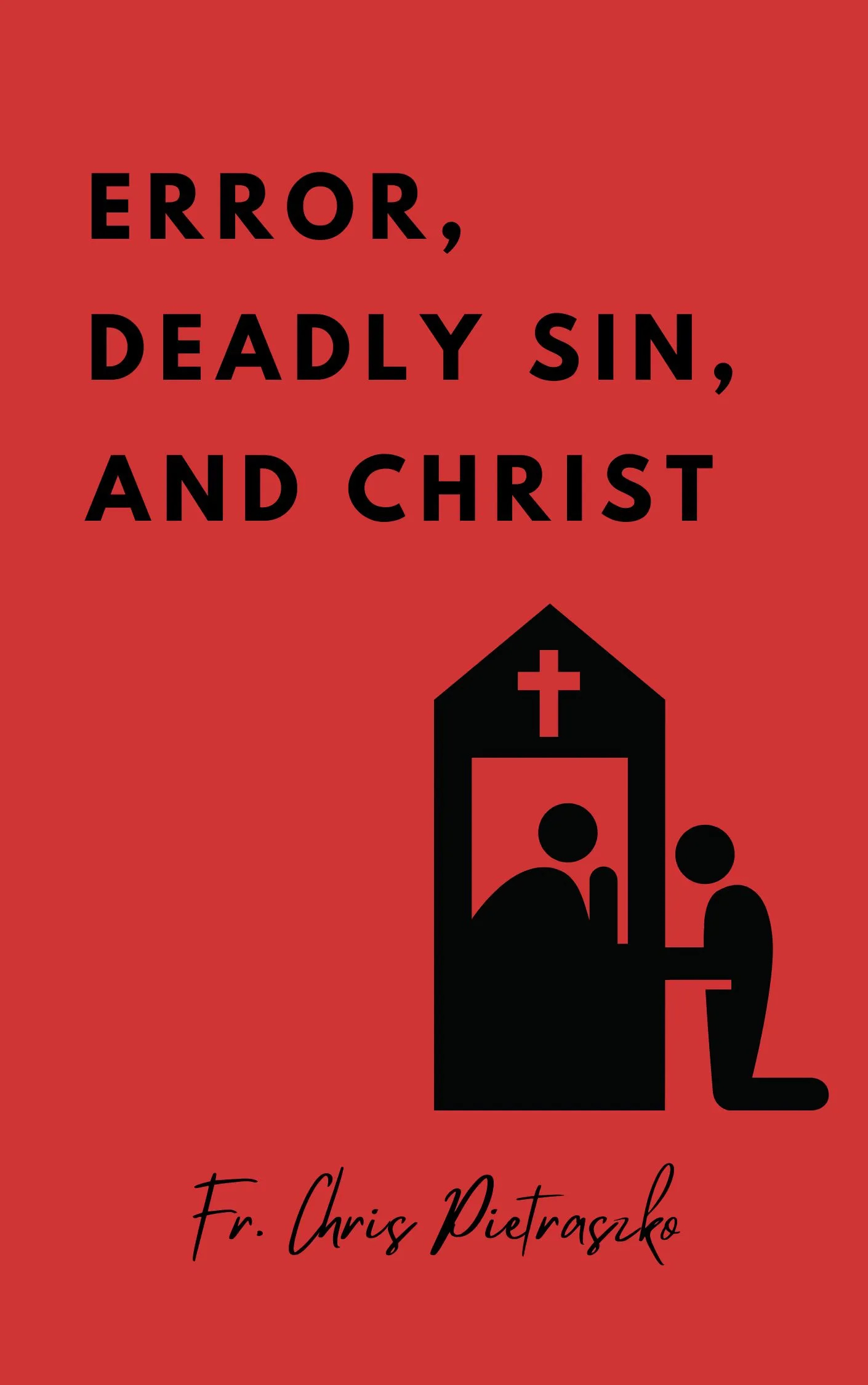Chapter 4: Vainglory - The First Capital Vice
Error, Deadly, Sin, and Christ by Fr. Chris Pietraszko
First, to my readers, I would like to apologize for the delay in this chapter. For several reasons, I have not been able to work on this side project. However, having completed several projects, I am back and running! Today, I would like to publish my chapter on vainglory, which is often an overlooked capital vice that gets blended in with the Deadly Sin of Pride. For Aquinas, he had 7 Capital Vices, the first of which was vain glory, while he understood Pride to be at the root of all sins. Take a read!
-Fr. Chris
Chapter 4
Vainglory: The First Capital Vice
“On the contrary, Gregory does not include pride among the capital vices.”[i]
One thing that many of my teachers, especially those in English courses, taught me was to ensure that a good transition sentence existed between each paragraph and chapter. This entire chapter serves as a type of transition into the “capital vices” that St. Thomas Aquinas examines critically. Many have considered Pride to be the capital vice, from which all other capital vices occur; however, according to his work in the Summa Theologica, this simply isn’t the case. Consider a foundation to a building – it is often hidden, and under the ground level. It has a “general influence towards all sins,”[ii] yet it does not manifest as a “capital vice.”
So, what is the ultimate difference, then, between pride and a capital vice? For Aquinas, he examines and distinguishes the deadly sins according to causes. One must remember that Aquinas was a scientist, and at this time in Western Culture, theology, spirituality, philosophy, and logic were all considered sciences. Although the equivocal notion of that term today may confuse many, science, etymologically, meant knowledge, and one obtained knowledge by apprehending the relationship between causes and effects.
To return to the question, Aquinas writes,


